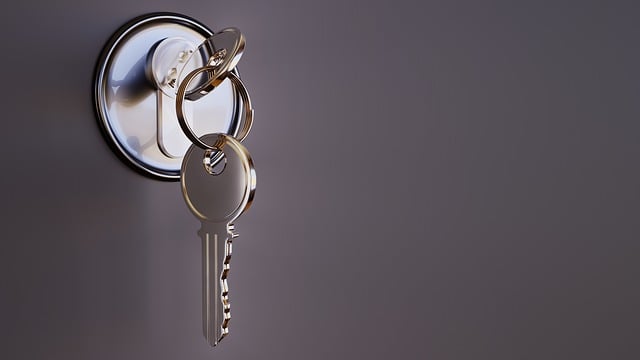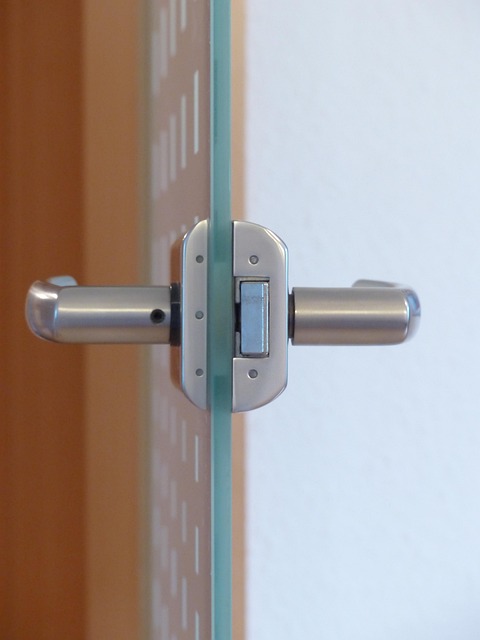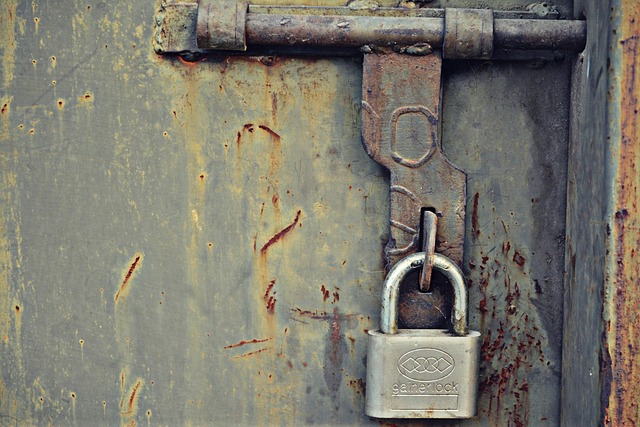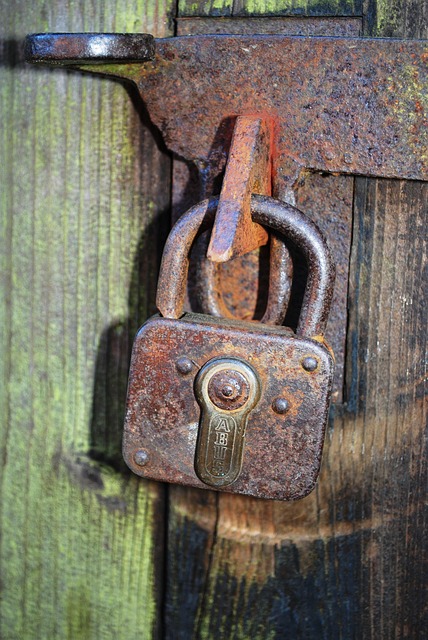Elderly home monitoring is transforming healthcare through advanced medical alert systems that combine fall detection, motion tracking, and automated emergency notifications. These systems provide peace of mind for families and enable seniors to maintain independence while ensuring prompt medical attention during emergencies. Integrating safety features like smart thermostats and motion sensors enhances real-time hazard detection and response. Future developments include AI-driven context-aware systems, personalized alert protocols, and integrated telehealth, promising quicker responses and continuous health management without constant physical presence.
In today’s digital era, elderly home monitoring is transforming lives. Understanding the growing need for effective solutions has never been more crucial. This article delves into the elderly home monitoring landscape, exploring medical alert systems—lifesaving technology designed for seniors. We also examine how integrating home safety features enhances peace of mind. From best practices to future trends, discover how these innovations are revolutionizing senior care.
- Understanding Elderly Home Monitoring: The Growing Need
- Medical Alert Systems: Lifesaving Technology for Seniors
- Integrating Home Safety Features: Enhancing Peace of Mind
- Best Practices and Future Trends in Elderly Home Monitoring
Understanding Elderly Home Monitoring: The Growing Need

Elderly home monitoring has become a crucial aspect of modern healthcare, driven by an aging population and the growing need for independent living solutions. As our society ages, ensuring the safety and well-being of seniors within their homes is more important than ever. Traditional methods of checking on elderly individuals may involve frequent visits from family or caregivers, but this can be time-consuming and impractical, especially in urban areas with high caregiving demands.
Integrated medical alert systems offer a sophisticated approach to elderly home monitoring. These innovative solutions combine essential safety features, such as fall detection sensors, motion tracking, and automated emergency notifications, with medical alert functionality. By seamlessly integrating these systems into the home environment, families and caregivers can gain peace of mind, knowing that immediate assistance is available should an issue arise. This technology enables seniors to maintain their independence while ensuring prompt response in case of emergencies.
Medical Alert Systems: Lifesaving Technology for Seniors

Medical Alert Systems play a pivotal role in elderly home monitoring, offering a safety net for seniors living independently. This lifesaving technology equips individuals with a quick response mechanism in case of emergencies, empowering them to get immediate assistance when needed. With just the push of a button, a senior can connect to trained operators who can dispatch emergency services or reach out to caregivers, ensuring prompt medical attention and peace of mind.
For seniors, these systems are more than just an aid; they represent a sense of security and autonomy. They allow individuals to live their lives without constant worry, knowing that help is only a button press away. This technology is especially crucial for those with chronic health conditions or mobility issues, enabling them to maintain their independence while receiving the necessary support.
Integrating Home Safety Features: Enhancing Peace of Mind

Integrating home safety features with medical alert systems offers a comprehensive solution for elderly home monitoring, significantly enhancing peace of mind. These advanced systems go beyond basic alerts by providing real-time data and automated responses to potential hazards. For instance, smart thermostats can detect unusual temperature changes, indicating potential pipe bursts or fires, while motion sensors can alert caregivers or family members about unanticipated activity within the home.
By seamlessly incorporating these features into existing medical alert systems, users benefit from a proactive approach to safety. In case of an emergency, the system not only notifies emergency services but also provides relevant data like location and medical history, ensuring swift and effective response. This integration is particularly crucial for elderly individuals living alone, offering them security and reassurance while empowering them to maintain their independence.
Best Practices and Future Trends in Elderly Home Monitoring

The future of elderly home monitoring lies in seamless integration and data-driven insights. Best practices involve combining medical alert systems with comprehensive home safety features, such as motion sensors, smart locks, and environmental monitors. These technologies collectively offer a holistic approach to elder care, enabling real-time tracking and proactive intervention. With advancements in AI and machine learning, future trends will see more adaptive and contextually aware monitoring systems that can distinguish between routine activities and unusual behaviors.
Personalized alert protocols tailored to individual needs are expected to gain traction, allowing for quicker responses during emergencies while preserving privacy. Additionally, the integration of telehealth and remote care capabilities within these systems could revolutionize elderly home monitoring by enabling continuous health management and timely medical assistance without requiring constant physical presence.
Elderly home monitoring is transforming lives by integrating medical alert systems with advanced home safety features. As the demand for senior care solutions increases, these innovations offer much-needed peace of mind, ensuring timely assistance and a safer living environment. By leveraging technology, we can enhance the quality of life for the elderly, promote independent living, and foster a sense of security within their homes. Looking ahead, future trends in elderly home monitoring promise even greater connectivity and personalization, further revolutionizing caregiving.
